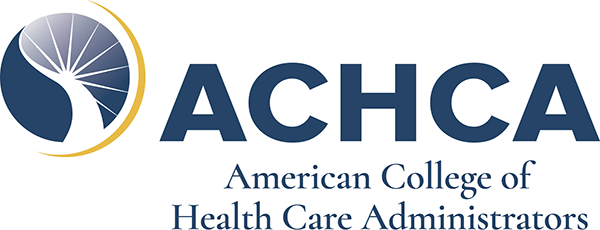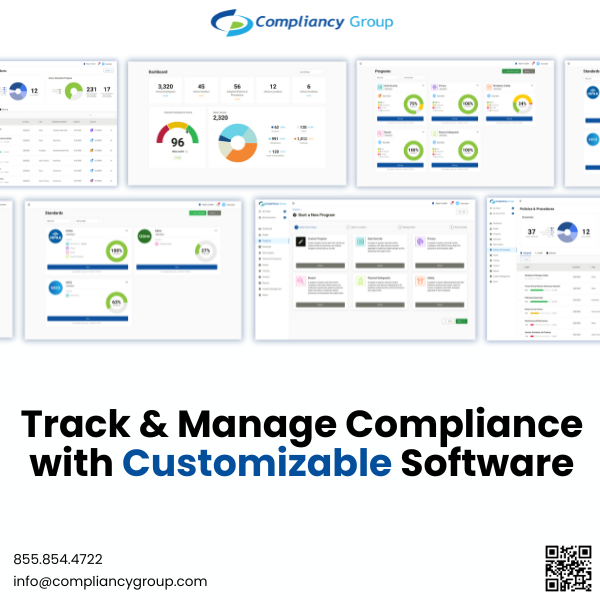Skilled nursing facility (SNF) budgets have been stretched thin for years, with most providers cutting any unnecessary items from their expenses. However, some administrators are still seeing their revenue decreasing.
Many point to the two-year PDPM parity adjustment recalibration, continued effects of COVID-19, and inflation as the cause of decreasing SNF revenue. However, have you considered how managed care receivables, SNF Quality Reporting Program (QRP) outcomes, and ranking in the SNF Value Based Purchasing (VBP) program may be impacting your bottom line? These often-overlooked factors may reveal opportunities to increase income.
Last year, more than 40% of Medicare beneficiaries were enrolled in managed care plans and that total is anticipated to grow exponentially through 2030. The popularity of managed care plans has been a pain point for SNF receivables. First off, managed care rates for providers have steadily dropped over the last decade. The average Medicare Advantage rate is now hovering around $454 per day.
Managed care insurers also operate under a capitated payment model, meaning they receive a fixed rate per beneficiary regardless of services provided. Capitated payment models may incentivize managed care insurers to deny coverage payments to increase profits. It's well known that some managed care insurers issue unfounded payment denials, and SNFs struggle to navigate a biased and unclear appeals process. This leaves providers with uncompensated care costs and no way to recoup their losses.
What can you do? Keep fighting the good fight! Providers should complete all three levels of the appeal process. If the denying insurer has not reversed their decision after the three-level appeal process, providers can attempt to file a formal complaint with the Centers for Medicare and Medicaid Services (CMS).
Quality and value program performance also directly affects your revenue; collectively SNF QRP and SNF VBP programs can reduce a provider’s Medicare revenue by 4%. Failure to meet QRP compliance threshold requirements results in a 2% reduction of Medicare Part A reimbursement for the entire fiscal year. In addition, 2% of SNF Medicare revenue is withheld to fund the SNF VBP program.
With dollars tied up in these programs, how you can hold onto that reimbursement? Think ahead, many program changes start next year.
SNFs will begin using the new MDS 3.0 version 1.18.11 on 10/1/23. A sizeable new list of MDS items is expected to be required to meet SNF QRP MDS compliance thresholds; and data for two SNF QRP measures, Transfer of Health (TOH) information to the Provider and Transfer of Health (TOH) information to the Patient, will be sourced from new MDS items.
CMS will also end its suppression policy on 10/1/23 and return to distributing incentive payments based on the SNF 30-day all-cause readmission measure (SNFRM); allowing top performers to receive net-positive incentive payments.
Additionally, the performance period for three new SNF VBP measures (SNF healthcare-associated infections requiring hospitalization, total nursing hours-per-resident day staffing, and discharge to community PAC SNF) is expected to begin on October 1, 2023.
How can we help?
Celtic Consulting provides end-to-end process assessment of client’s revenue cycle to identify opportunities for efficiency, compliance, and overall system improvement. Through detailed analysis, Celtic targets the cause of declining or stagnant revenue.
Celtic’s Quality Measure reviews determine and address potential opportunities for improvement. Our associates are skilled in identifying root cause of quality reduction and action step to remediate.
By engaging our clients in multi-prong action plans, we have assisted in providers sustaining gains with multiple payment sources. Contact us today to discuss your options.




